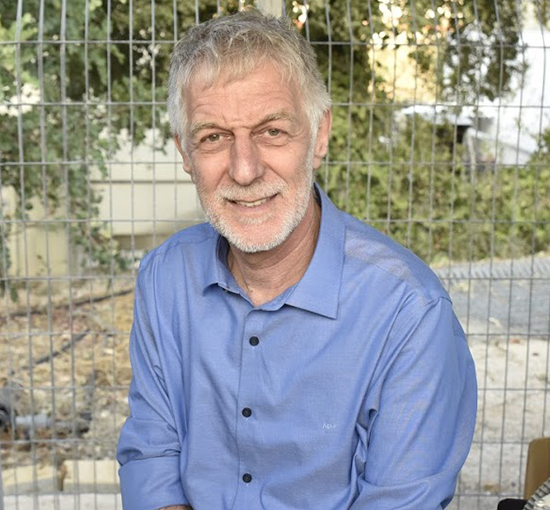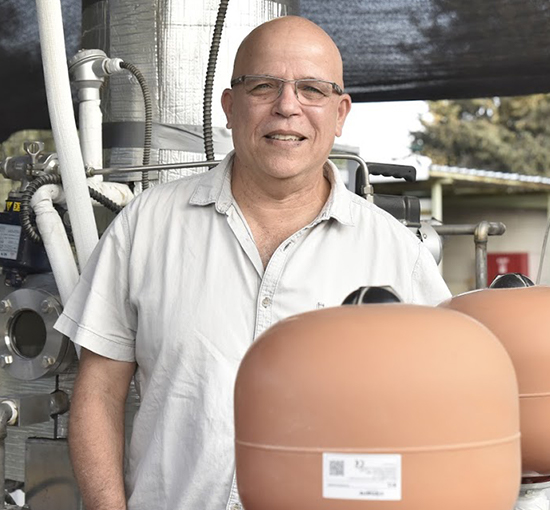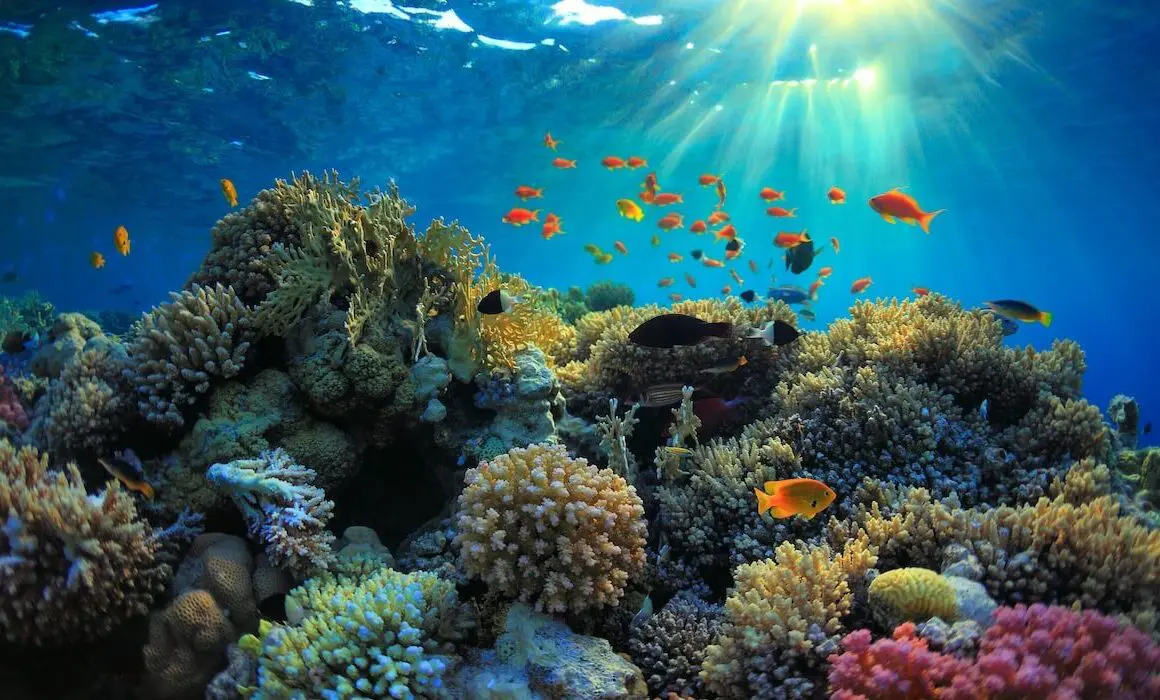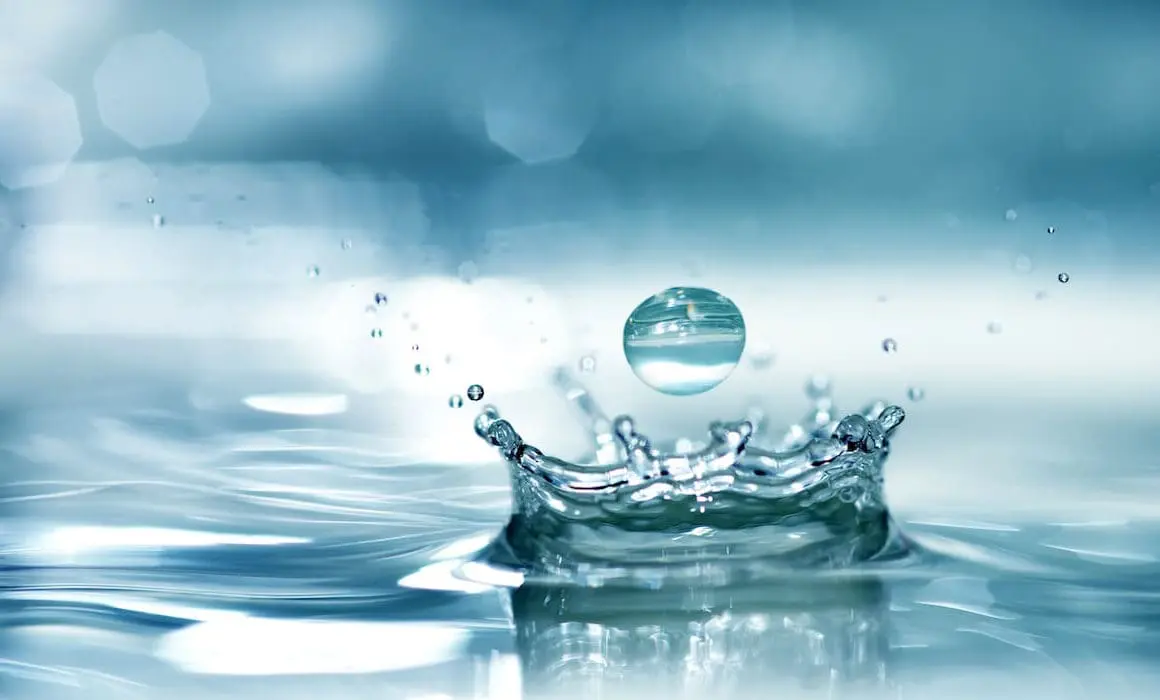Pulling Drinking Water Out of Thin Air

Researchers at the Technion have developed a standalone system that produces water from the air, even in desert regions. The innovative system is capable of providing water to small and isolated communities, without the need to transport water for long distances.
Water: An essential element for life
According to estimates by the World Health Organization (WHO), about 13% of the world’s population will suffer from insufficient availability of drinking water by 2025. It’s why access to fresh water is one of the 17 Sustainable Development Goals (SDGs) adopted by the United Nations in 2015 — and why Technion researchers were so motivated to develop a standalone system for producing water from the air.
A revolutionary new way to produce water
Existing technologies work simply as “reverse” air conditioners, by cooling the whole air mass entering the system in order to condense the moisture. It is very energy-inefficient, since these systems waste much of their energy requirements on cooling about 97% of the air volume, which is non-condensable.
The Technion system was developed by Professor David Broday and Professor Eran Friedler from the Environmental, Water and Agricultural Engineering Division of the Technion Faculty of Civil and Environmental Engineering. Both professors are also affiliated with the Technion’s Stephen and Nancy Grand Water Research Institute (GWRI). It is the first technology of its kind in the world: an energy-efficient system for producing clean water from the air.
Unlike the existing technology, the new technology involves cooling only the moisture that has been extracted from the air, significantly reducing the amount of energy required to produce water. This happens in a two-stage cyclic process: separation of moisture from the air by absorption using a highly concentrated saline solution, and separation of the moisture from the desiccant under and condensing the vapor under sub-atmospheric pressure conditions.
Besides being energy-efficient, the new technology offers an additional advantage: As part of the process, pollutants are removed from the water. This means the water is immediately safe to drink.
For remote or landlocked countries, this new technology is a game changer. Rather than transporting desalinated water over long distances, which can be costly and slow, even the most remote, arid communities can access safe drinking water whenever they need it.
More About
More Protecting Our Planet stories

GreenOnyx Makes Eating Greens a No-Brainer





